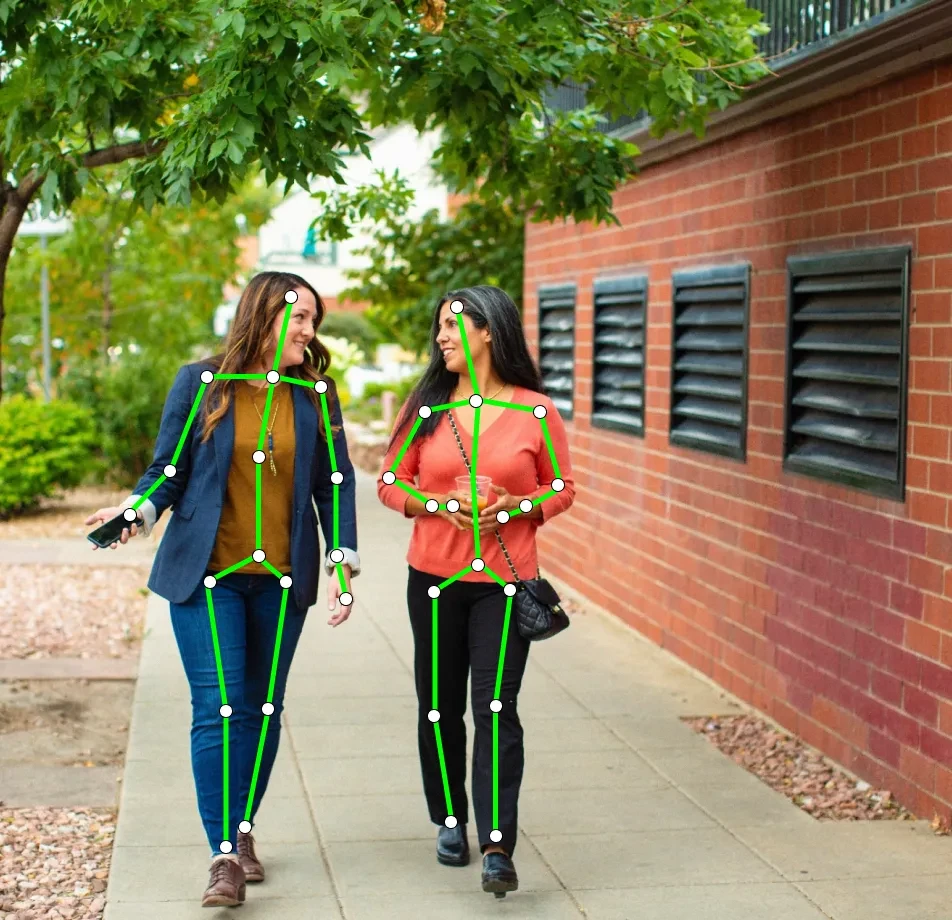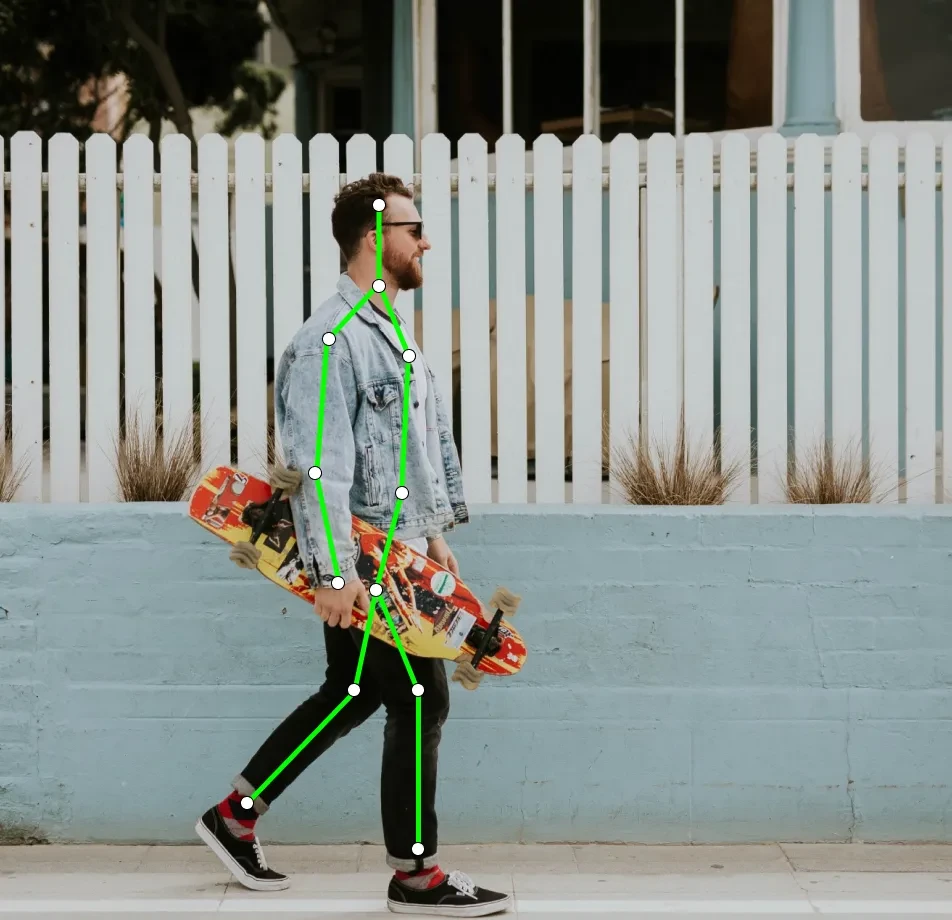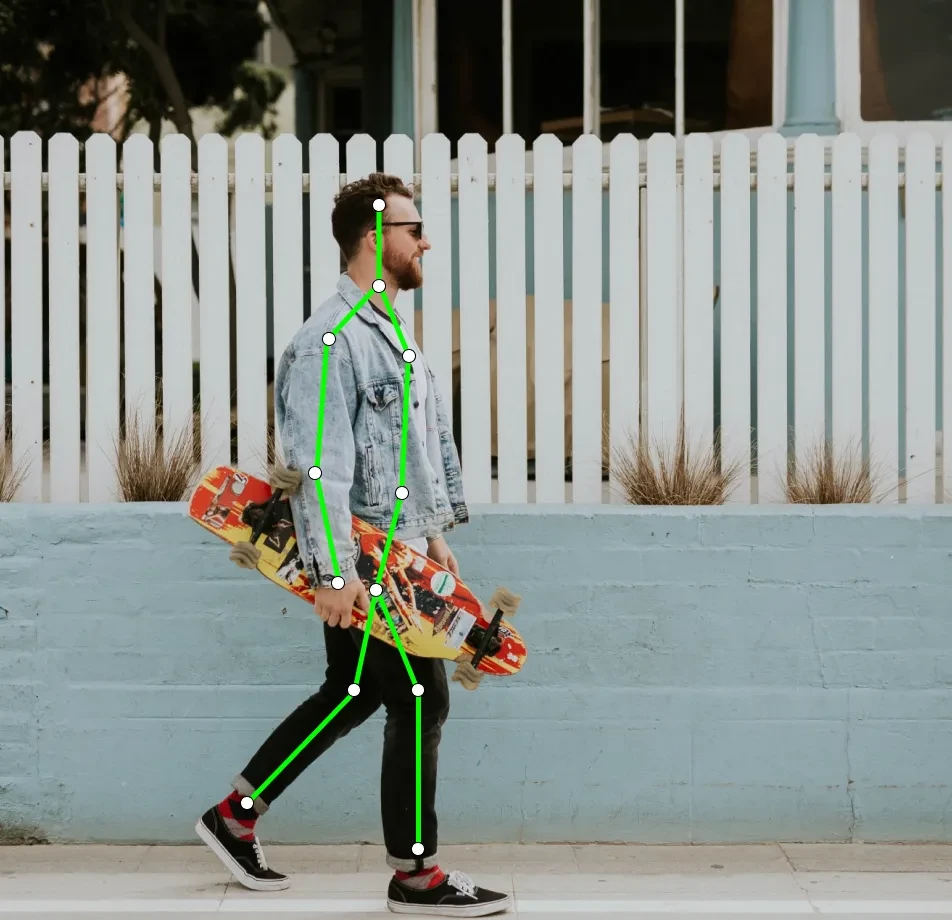Segmentation and Key Points of Human Body Dataset
Home » Case Study » Segmentation and Key Points of Human Body Dataset
Project Overview:
Objective
To develop an effective dataset for human body part segmentation and accurate identification of anatomical landmarks, a strategic approach is crucial. This dataset is essential for applications like posture recognition, motion analysis, augmented reality, and medical imaging. Moreover, a well-organized dataset enhances accuracy and reliability in these fields.
Scope
Collect a variety of images that show people in different settings, poses, and activities. Then, label these images to identify body parts and key anatomical points. Additionally, include images from different age groups and cultures. Furthermore, make sure to have a mix of indoor and outdoor scenes.




Sources
- Studio photographs with controlled lighting and backgrounds.
- Sports events capturing dynamic body movements.
- Public places: parks, malls, streets.
- Medical imaging (where applicable and ethically sourced).
- Performing arts: dance, theater, etc.



Data Collection Metrics
- Total Data Points: 450,000 images
- Studio Photographs: 100,000
- Sports Events: 90,000
- Public Places: 120,000
- Medical Imaging: 40,000
- Performing Arts: 100,000
Annotation Process
Stages
- Raw Data Cleaning: In this phase, we start by removing images that are blurry, blocked, or repeated. By filtering out these images, we ensure the dataset stays high-quality and relevant.
- Body Segmentation: Next, we outline different body parts such as the head, torso, limbs, hands, and feet. This segmentation helps in later analysis and annotation by providing clear boundaries for each part.
- Key Point Annotation: Then, we identify and mark key anatomical points like elbows, knees, and fingertips. These annotations are essential for applications like pose estimation and motion tracking.
- Quality Review: Finally, to ensure accuracy and consistency in annotations, we conduct a thorough quality review. This involves carefully checking each annotation to find and fix any mistakes or inconsistencies, ensuring the dataset’s reliability.
Annotation Metrics
- Total Segmentation Annotations: 2,250,000 (5 segments per image on average)
- Total Key Point Annotations: 6,750,000 (15 key points per image on average)
- Annotations Reviewed: 450,000




Quality Assurance
Stages
Expert Review: A team of specialists in human anatomy and motion carefully examined a subset of the material to ensure it was accurate. Additionally, their expertise helped identify subtle details that might otherwise be overlooked.
Automated Consistency Checks: Furthermore, using advanced software tools, we conducted thorough assessments to find any errors or missing annotations. Consequently, this process ensured a high level of precision.
Inter-Annotator Agreement: Through a collaborative method, several annotators reviewed the same images to ensure consistency. As a result, we achieved a higher level of agreement and reliability.
QA Metrics
- Annotations Reviewed by Experts: 450,000 (10% of total annotations)
- Inconsistencies Identified and Rectified: 45,000 (1% of total annotations)
Conclusion
The Segmentation and Key Points of Human Body Dataset represents a major step forward in data resources. Consequently, it is expected to drive progress in many applications. By combining precise segmentation with key anatomical landmarks, this dataset offers a strong basis for accurately identifying and understanding human motion, form, and activity.

Quality Data Creation

Guaranteed TAT

ISO 9001:2015, ISO/IEC 27001:2013 Certified

HIPAA Compliance

GDPR Compliance

Compliance and Security
Let's Discuss your Data collection Requirement With Us
To get a detailed estimation of requirements please reach us.
